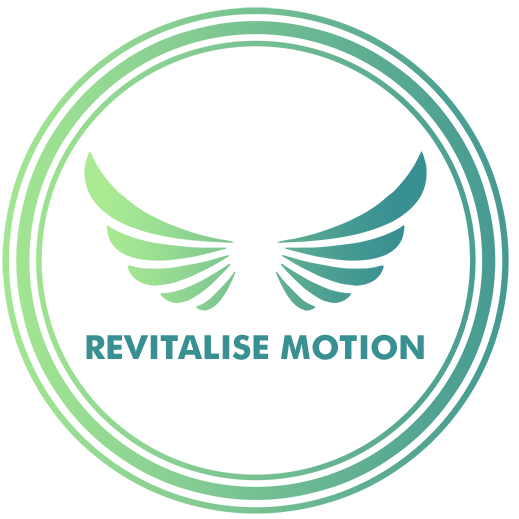Are you dealing with persistent muscle tightness, chronic pain, or slow post-workout recovery? Myofascial dry cupping therapy could be the solution you need. This effective technique helps relieve muscle pain, improve mobility, and accelerate muscle recovery. With the right approach, you can reduce muscle tension, enhance performance, and stay pain-free longer than you might think.
What is Myofascial Dry Cupping and How Does It Work?
Myofascial dry cupping is a therapeutic technique that involves using suction cups to gently lift and separate the layers of skin and fascia (connective tissue) from muscles. This process promotes blood flow, reduces muscle tension, and helps release tightness in the fascia, which is often a contributing factor to chronic pain and stiffness.
Key Benefits of Myofascial Dry Cupping Therapy
- Improved Blood Circulation: Cupping promotes better blood flow, enhances oxygen and nutrient delivery to tissues and aiding faster recovery.
- Reduced Muscle Tension: The suction effect helps release muscle tension and improves flexibility.
- Enhanced Mobility: Releasing restrictions in fascia can increase your range of motion and help you move more freely.
- Pain Relief: By addressing muscle knots and tight fascia, cupping can reduce chronic pain and discomfort.
- Faster Recovery: Ideal for athletes and fitness enthusiasts looking to speed up muscle repair and recovery.
- Stress Reduction: Cupping can promote relaxation and reduce overall muscle tension.
Signs You Could Benefit from Myofascial Dry Cupping
Not sure if myofascial dry cupping is right for you? Here are the common indicators that suggest you might benefit from myofascial dry cupping therapy if you experience:-
- Persistent muscle tightness that doesn’t improve with stretching or massage.
- Restricted movement or joint stiffness.
- Chronic pain, in areas such as the back, neck, or shoulders.
- Muscle fatigue or soreness after exercise that lingers.
- Fascial adhesions, felt as lumps or tight spots under the skin.
Best Practices for Effective Myofascial Cupping Therapy
To get the most from your cupping therapy, follow these expert tips:
- Stay Hydrated: Drink plenty of water before and after cupping to help flush out toxins and aid tissue repair.
- Warm Up Your Muscles: Light movement or massage before cupping can enhance the benefits.
- Target Key Areas: Focus on tight, sore, or restricted muscles.
- Use Professional Techniques: Work with a professional who employ the correct methods to minimise bruising and discomfort.
- Combine with Other Therapies: Pair cupping with stretching, foam rolling, or massage for greater results.
Common Mistakes to Avoid During Myofascial Dry Cupping
Even though cupping is effective, some mistakes can reduce its benefits or prolong recovery:
- Over-Cupping: Using cups too frequently or leaving on too long can cause bruising or tissue damage.
- Skipping Post-Care: Neglecting hydration or light movement after cupping can slow down recovery.
- Ignoring Muscle Weakness: Cupping helps release tightness, but strengthening weak muscles is also essential for long-term relief.
- Neglecting Consistency: Sporadic sessions may not offer lasting relief. Consistency is key.
How to Speed Up Recovery with Myofascial Dry Cupping
If your goal is to maximise recovery and improve muscle health, here’s how to approach myofascial dry cupping effectively:
- Initial Assessment: Identify key areas of tension and plan your cupping sessions accordingly.
- Gradual Introduction: Begin with brief, gentle sessions to allow your body to adjust.
- Monitor Reactions: Track how your body feels after the session to adjust the intensity and frequency.
- Active Recovery: Incorporate stretching, light exercise, and hydration after each session.
- Regular Maintenance: Schedule ongoing sessions to maintain flexibility and prevent muscle stiffness.
FAQs About Myofascial Dry Cupping Therapy
Is Myofascial Dry Cupping Painful?
Cupping may cause a pulling sensation, but should not be painful. Mild discomfort is normal, especially in tight areas, but it should never be extreme.
How Often Should I Do Myofascial Dry Cupping?
Frequency depends on individual needs. For chronic pain, one to two sessions per week can be effective. For maintenance, monthly sessions work well.
Can I Do Myofascial Dry Cupping at Home?
Yes, but it’s best to learn proper techniques from a professional to avoid injury or bruising.
How Long Do Cupping Marks Last?
Cupping marks typically last from a few days to a week, depending on the individual’s skin sensitivity and the intensity of the session.
Take Control of Your Muscle Health Today
You don’t have to let muscle tightness or pain hold you back. By incorporating myofascial dry cupping therapy into your wellness routine, you can:
- Reduce discomfort.
- Improve flexibility.
- Enhance recovery.
Whether you’re an athlete, fitness enthusiast, or simply looking to move better and feel better, cupping can be a game-changer.
Need personalised advice? Book a consultation today and let’s create a tailored cupping plan to suit your needs.
Disclaimer: Myofascial Dry Cupping is a complementary therapy and should be used alongside professional advice.


